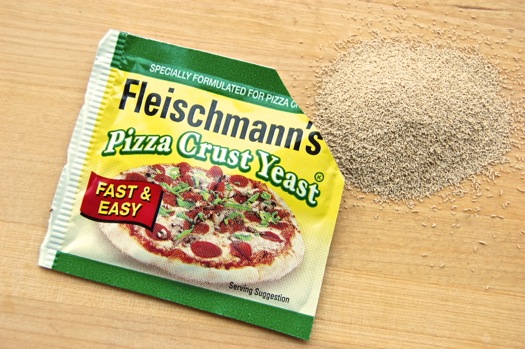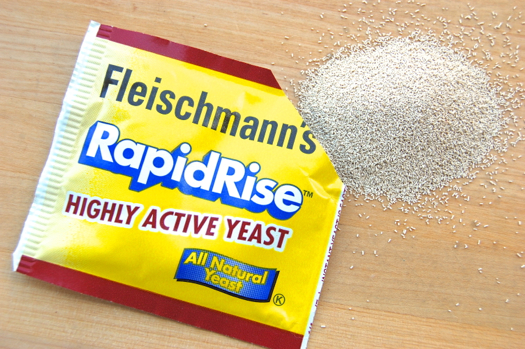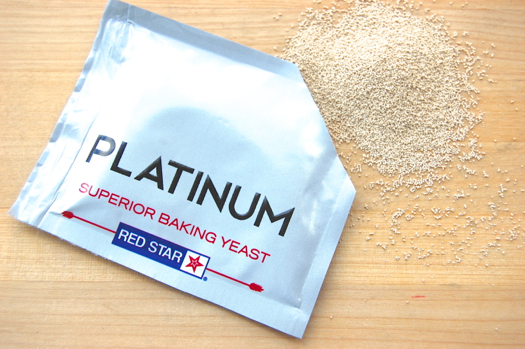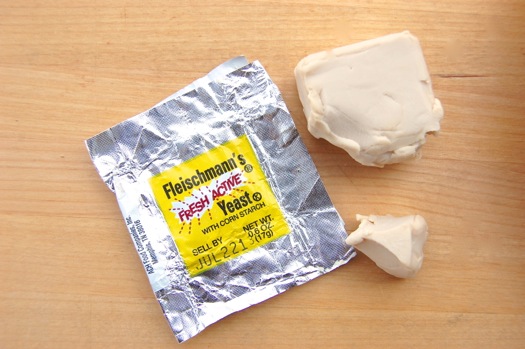On Wheat
The majority of the flour we consume is made from a single species of wheat: Triticum aestivum, also called “bread wheat” or “common wheat”. It’s a species that’s been cultivated for hundreds of years, and like all crops that have been widely grown over long periods, different forms of it have evolved and/or been created over time. Nowadays we grow many different types of T. aestivum, all with different properties.
In America our most common wheats are Hard Red Spring Wheat, Hard Red Winter Wheat, Soft Red Wheat, Hard White Wheat and Soft White Wheat. All are used, sometimes alone but usually in combination, to make the flours we find on grocery store shelves. Of the varieties, the hard wheats make up about three quarters of the annual harvest in the US, soft wheats about 20%, and oddballs like club wheat and durum (both of which are different species of wheat, and are used for cake flour and pasta respectively) make up the rest.
READ ON




